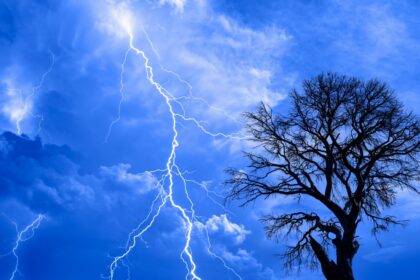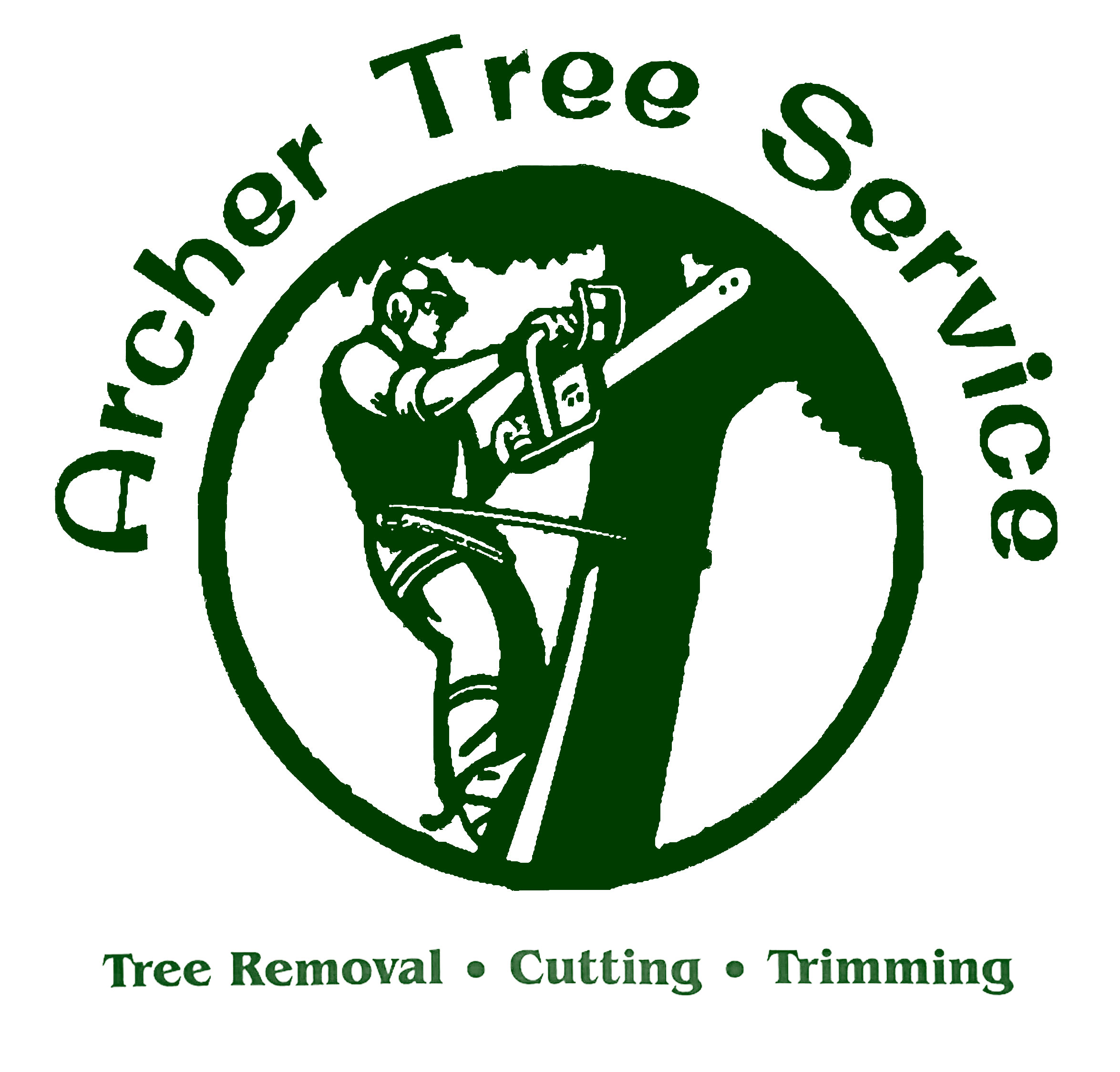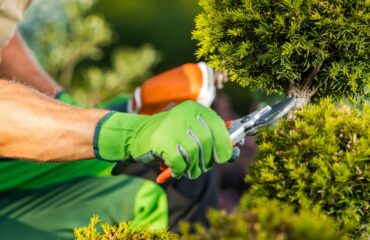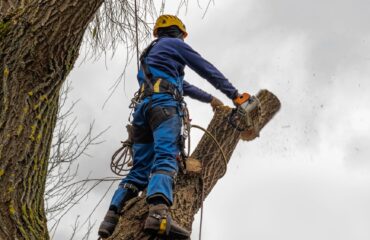
Spring Storm Preparedness
Wondering how to keep trees safe during spring storms? They can bring heavy winds, rain, and even hail, posing a significant threat to your landscape’s most beautiful assets—your trees. A damaged or uprooted tree doesn’t just mean a loss of greenery; it can result in costly property damage, injuries, or even disruption to your daily life. That’s why proactive tree care is essential before the spring storm season arrives.
This blog will walk you through practical steps to ensure your trees are prepared to withstand the challenges of spring storms, helping you protect your home, your garden, and your peace of mind.
Assessing Tree Stability to Keep Trees Safe During Spring Storms
The first step to storm-proofing your trees is assessing their stability. Well-rooted, healthy trees are more likely to weather high winds and heavy rain. Here’s how to evaluate your trees’ stability and identify potential issues:
- Check for Signs of Decay: Look for soft spots, visible cracks, hollows, or fungi growth on the trunk, as these are signs the tree may be rotting internally.
- Inspect Branches: Dead or brittle branches are more likely to break off during a storm, potentially damaging your property or nearby power lines.
- Visit the Root System: Exposed roots, loose soil, or tilting are red flags. A weakened root system can make the tree unstable and leave it vulnerable to uprooting.
- Look for Signs of Disease or Pests: Discoloration, leaf loss, or evidence of pests can weaken a tree’s structural integrity.
If you’re unsure about your diagnosis, contacting a certified arborist can provide professional insight.
Pruning and Trimming Techniques
Proper pruning and trimming can strengthen your trees and enhance their resistance to storm damage. Here’s why pruning is key and how to do it effectively:
- Remove Dead or Damaged Branches: Cutting away weak or dead branches reduces the risk of breakage during high winds.
- Thin the Canopy: Trimming excess foliage allows wind to pass through the tree more easily, reducing wind resistance and the likelihood of uprooting.
- Focus on Problematic Locations: Pay special attention to branches that hang over your house, driveway, or other vulnerable areas. These should be trimmed to minimize risk.
- Use Proper Equipment: A clean, sharp pruning tool minimizes damage during cuts and helps the tree heal faster.
Remember, improper pruning can harm your tree more than it helps. If in doubt, consult a tree care professional for assistance.
Reinforcement Methods
Some trees—especially older or structurally weak ones—may need extra support to keep trees safe during spring storms. Reinforcement methods like cabling and bracing can make a big difference in strengthening tree structure.
What Are Cabling and Bracing?
- Cabling: This involves installing flexible steel cables to redistribute weight and balance the tree’s limbs.
- Bracing: Unlike cabling, bracing uses rigid rods to fortify areas with structural weaknesses, such as significant splits in the trunk.
These solutions are particularly effective for trees that are worth preserving but show signs of vulnerability. However, these techniques require professional installation to ensure proper application without causing additional stress to the tree.
Choosing the Right Tree Species
If you’re thinking about planting new trees, opting for storm-resistant species is a long-term strategy for minimizing storm-related risks. Some tree types are naturally more resilient against harsh conditions due to their root systems or branch structures.
Here are a few examples of storm-resistant trees to consider for your garden:
- Oaks: Known for their deep root systems, oak trees are less prone to uprooting.
- Crepe Myrtles: These trees are hardy and tend to recover quickly after storms.
- Magnolias: With their sturdy structures, magnolias can withstand heavy winds.
- Bald Cypress: Ideal for wet or windy areas, as they grow strong and stable root systems.
Additionally, paying attention to proper planting techniques—such as planting trees in soil that promotes deep root growth—can further enhance their stability.
When to Consult a Professional
While regular maintenance can go a long way, there are instances where expert advice is necessary:
- Complex Pruning Needs: If large branches need to be removed or the tree is located near electrical lines, it’s best to leave the job to a professional.
- Reinforcement Installations: Cabling and bracing are not DIY tasks; they require the knowledge and tools of a certified arborist.
- Potential Risks and Hazards: If a tree appears damaged, leaning, or poses a safety concern, a professional assessment can help determine the best course of action.
Final Thoughts
Spring storms may bring unpredictability, but with proactive care, you can ensure your trees are better equipped to handle severe weather. Regular assessments, timely pruning, and reinforcement where necessary can save you from costly damages and maintain the beauty of your landscape.
Don’t wait for the next storm to take action—start preparing your trees today for a safer and greener tomorrow. When in doubt, turn to the experts at Archer to ensure the best tree care services for your property. Contact Archer Tree Service today!



